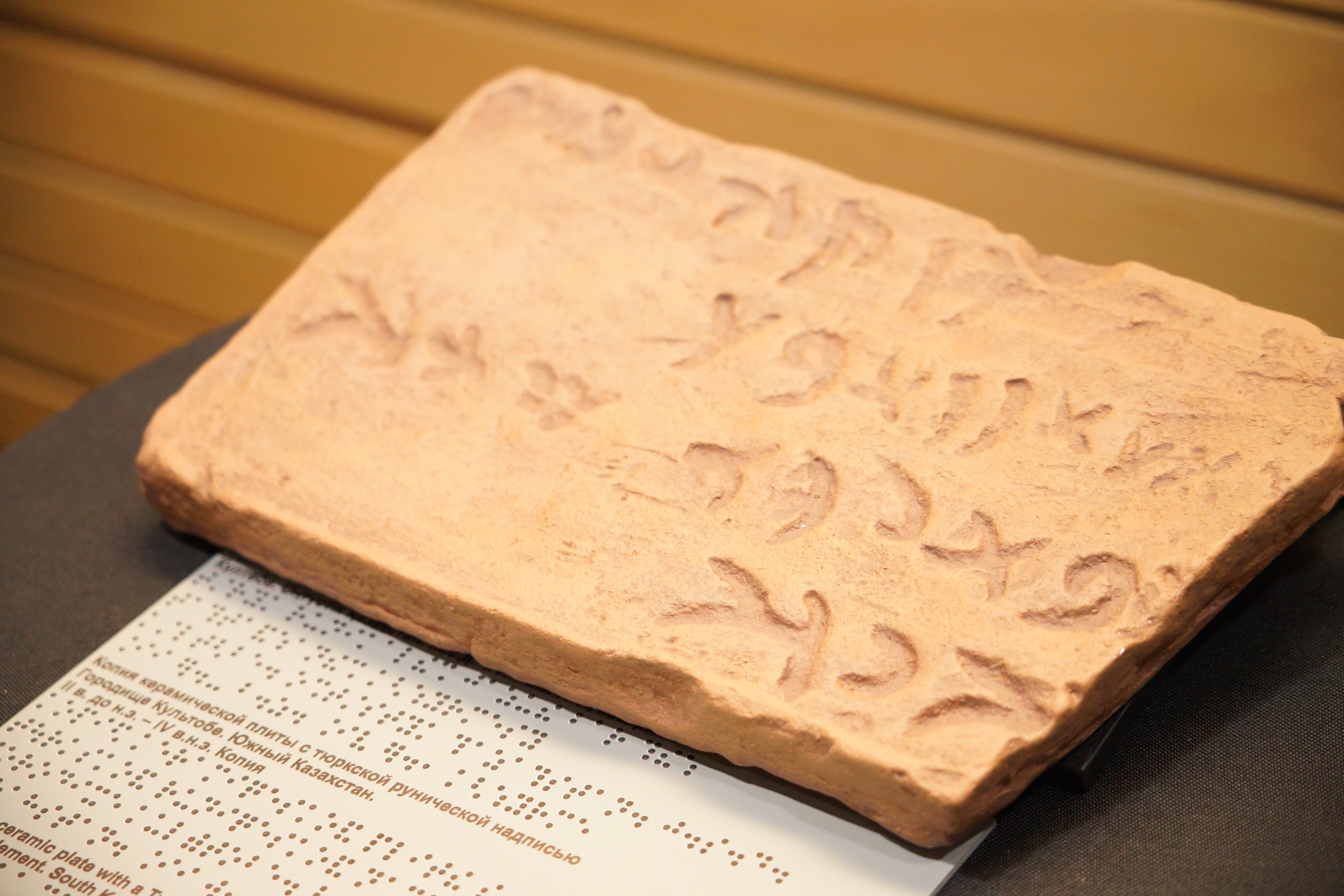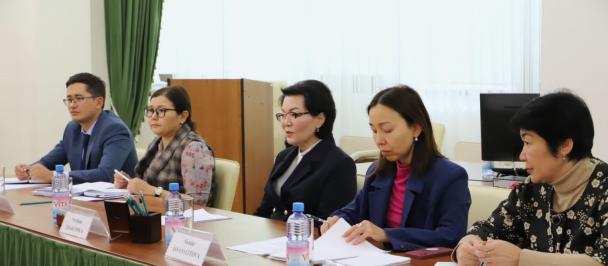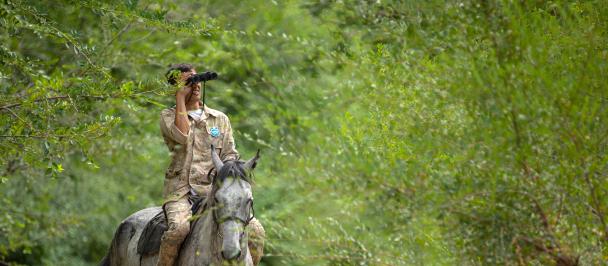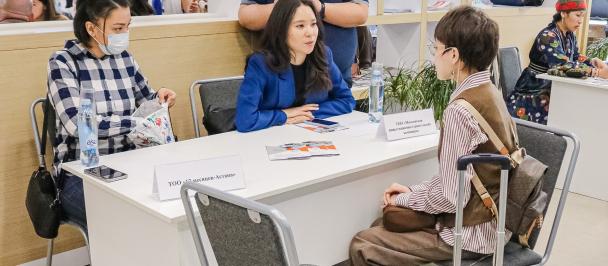The museums of Kazakhstan have become more accessible to persons with disabilities with the UNDP support
December 2, 2022

On December 2, 2022 - On the eve of the International Day of Persons with Disabilities, celebrated annually on December 3, the United Nations Development Programme in Kazakhstan and the DARA Charity Foundation in partnership with the National Museum of the Republic of Kazakhstan presented the results of joint work to introduce audio descriptions and other elements that ensure accessibility and smart adaptation of cultural and sports facilities for persons with disabilities.
There are currently about 700,000 persons with disabilities in Kazakhstan, and 20,000 of them are visually impaired citizens.

“UNDP calls for the full implementation of the Convention on the Rights of Persons with Disabilities, including the right to participate in the cultural life of the country. It is encouraging to see that today the use of digital technologies ensures inclusion and accessibility of all information for persons with disabilities, leaving no one behind,”said Ainur Baimyrza, Head of Governance Unit, UNDP in Kazakhstan.
The UN Development Programme in Kazakhstan and the DARA Foundation have implemented projects in seven museums in Kazakhstan over the last three years. Audio descriptions (one of the most important means of transmitting information to visually impaired persons) were written, and audio guides were prepared in three languages (Kazakh, English, and Russian), and consultations with persons with disabilities on information perception were held.
The presentation of the results of the “Opening the World: Creating Accessible Environment in the National Museum of Kazakhstan for Blind and Visually Impaired Children” project also took place at the round table. The project is implemented with the support of Chevron Company. Audio descriptions were provided for 16 exhibits from the halls of ancient and medieval history, gold, ethnography, and the interior and exterior of the National Museum as part of the joint project. The audio-guided exhibits have a one-of-a-kind archaeological and historical significance for our country.
The presentation of the results of the “Opening the World: Creating Accessible Environment in the National Museum of Kazakhstan for Blind and Visually Impaired Children” project also took place at the round table. The project is implemented with the support of Chevron Company. Audio descriptions were provided for 16 exhibits from the halls of ancient and medieval history, gold, ethnography, and the interior and exterior of the National Museum as part of the joint project. The audio-guided exhibits have a one-of-a-kind archaeological and historical significance for our country.

The most accessible and understandable vocabulary was used for the audio recordings, and the children's interests were taken into account. The total duration of the audio tracks is more than 100 minutes. Furthermore, master restorers and sculptors created more than ten tactile models of historical exhibits to provide visually impaired visitors with a more detailed introduction.
“We are driven by the conviction that all children have an equal right to an education and development, and we work hard to improve the quality of life for children with special educational needs. The idea of creating audio descriptions of museum exhibits is only one component of the larger "We Open the World" Project, which aims to provide access to our country's knowledge, creativity, cultural, and spiritual heritage for children with special educational needs, particularly blind and visually impaired children,”pointed out Maral Sheshembekova, DARA Foundation Director of Projects and Programmes.

 Locations
Locations











